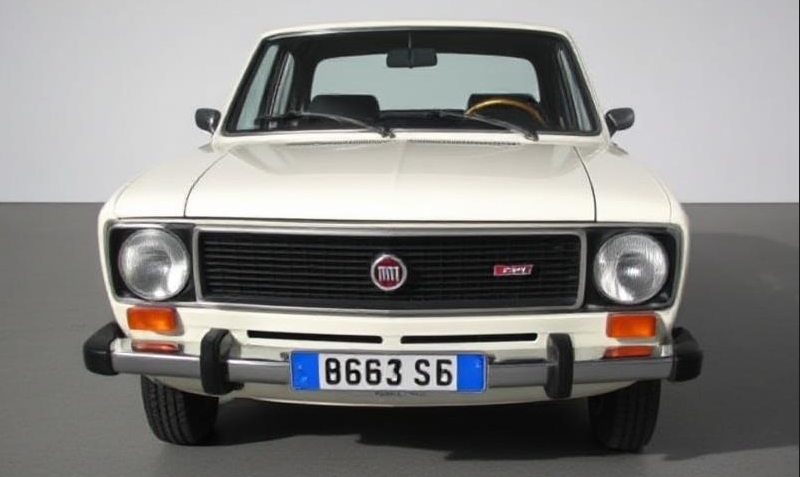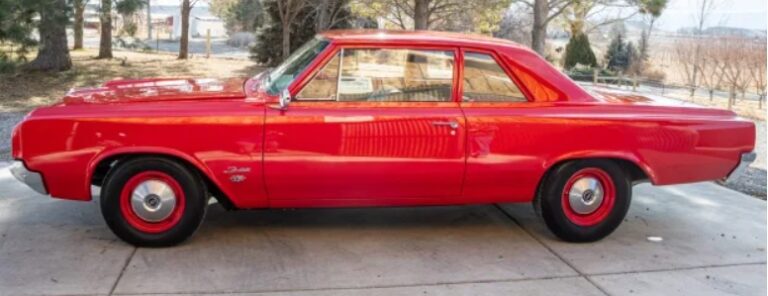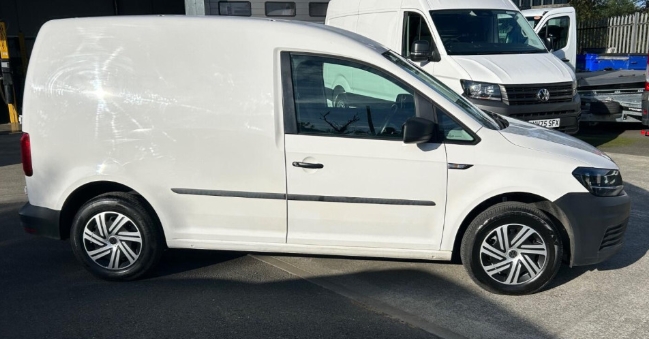The Evolution of the Fiat 128: A Milestone in Automotive History
The Fiat 128 is not simply a car; it represents a pivotal moment in the evolution of automotive engineering and design. Launched in 1969, the Fiat 128 revolutionized the industry with its front-wheel-drive layout, unitary body construction, and transverse engine arrangement. These elements would later become standard features in many compact cars worldwide, shaping the automotive landscape for generations to come. This article details the evolution of the Fiat 128, tracing its journey from inception to the last model produced, including variations in trim and special editions.
Historical Context and Introduction (1969)
Fiat unveiled the 128 at the Turin Motor Show in 1969, aiming to produce a compact car that could cater to the emerging middle class in Europe. Italians wanted affordable yet practical vehicles, and the Fiat 128 hit the sweet spot. Its innovative design was a departure from traditional rear-wheel-drive configurations, allowing for better space utilization, improved handling, and economic performance.
The Fiat 128 was produced until 1985, with various trims and variants emerging throughout its lifecycle. The car became popular not just in Italy, but across Europe and in various overseas markets, setting the stage for additional future models and derivatives.
Generations and Models
Fiat 128 (1969-1979)
- First Generation (1969-1972):
- The original Fiat 128 came in multiple trims. The basic model was the Fiat 128 with a 1.1-liter engine producing 60 horsepower. The 128 Special and 128 Rally were sportier iterations, featuring additional equipment and sportier styling.
- 1971 Model Year:
- In response to consumer demand, Fiat introduced the Fiat 128 Coupé. Sporting a two-door design, it offered a more stylish appearance while sharing mechanical underpinnings with the standard hatchback model.
- 1972 Model Year:
- Fiat expanded their trim offerings further with the Fiat 128 Furgone, a commercial version that featured a boxy body suitable for business use.
- 1975 Update:
- Mid-cycle upgrades saw more modern aesthetics, revised interiors, and improvements to performance features, including better handling and aerodynamics. The power output was improved slightly with the introduction of the Fiat 128 1300.
- Ticks in Production (1973-1978):
- Various special editions and custom builds emerged, including the 1976 Fiat 128 “L”, which emphasized luxury features. These included enhanced upholstery and sound-deadening materials.
Fiat 128 (1979-1985)
- Second Generation (1979-1985):
- By 1979, the Fiat 128 was over a decade old. A second generation began production, which focused on refining the existing design rather than enact radical changes. The models during these years maintained the basic structure while improving reliability and comfort.
- The 1.3-liter engine option was prominent, producing approximately 70 horsepower. This period also introduced updates in exterior design, giving the Fiat 128 a more modern appeal while keeping its iconic silhouette.
- Fiat 128 S:
- Introduced as a sportier trim, the S variant focused on performance enhancements. With sport-tuned suspension, improved steering response, and a more dynamic aesthetic, this model aimed to capture a younger audience.
- Fiat 128 D:
- The D trim emerged featuring a more economical engine option, aimed at the growing desire for fuel-efficient vehicles amidst an oil crisis prevalent in the late 1970s.
- Final Years (1983-1985):
- As the automotive landscape started shifting towards more modern designs and technology, the 128 saw its last updates. In 1985, the final units of the Fiat 128 were produced, giving way to the Fiat Uno, a model that would further revolutionize the compact car segment.
.
Keep your vintage car battery alive during storage or over the winter with this:
Top Product: Battery Tender 1000 AMP Jump Starter
.
Global Influence and Legacy
The Fiat 128 didn’t just remain confined to Italian borders. It was produced under license in numerous countries, including Argentina, where it gained immense popularity. The Argentine Fiat 128 was produced from 1970 until 1991 and included local variations, adapting to regional needs and specifications.
Special Editions and Variants
Through its production run, the Fiat 128 inspired various limited editions and special models:
- Fiat 128 Rally: This model highlighted motorsports, featuring competition upgrades, a lightweight body, and racing specific tuning.
- Fiat 128 Sport: Aimed at performance enthusiasts, it combined sport-tuning with aesthetic enhancements like distinctive racing stripes and alloy wheels.
Conclusion
The Fiat 128 was far more than a car that simply measured its success in sales figures. It encapsulated a notable moment in automotive evolution—one that influenced countless designs that followed. As the pioneer of front-wheel drive and compact design, the Fiat 128 set a series of standards that car manufacturers would adhere to and innovate upon in the years to come. Its legacy isn’t just in the vehicles that bore its name, but rather, in the compact car architecture it helped to establish.
Even as the world moves on to new automotive technologies and designs, the Fiat 128 holds a cherished place in the heart of automotive history, celebrated for its engineering ingenuity and the role it played in transforming everyday mobility.







